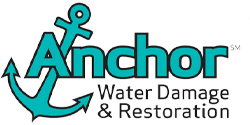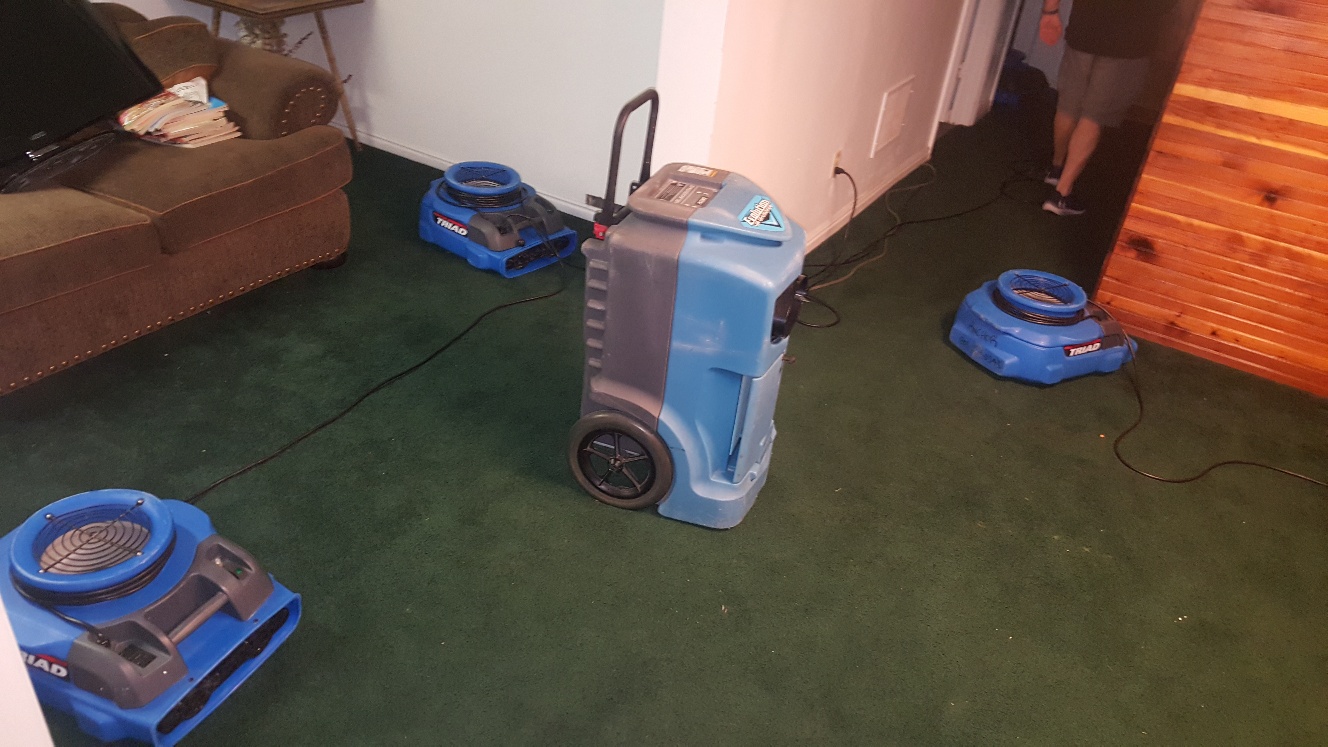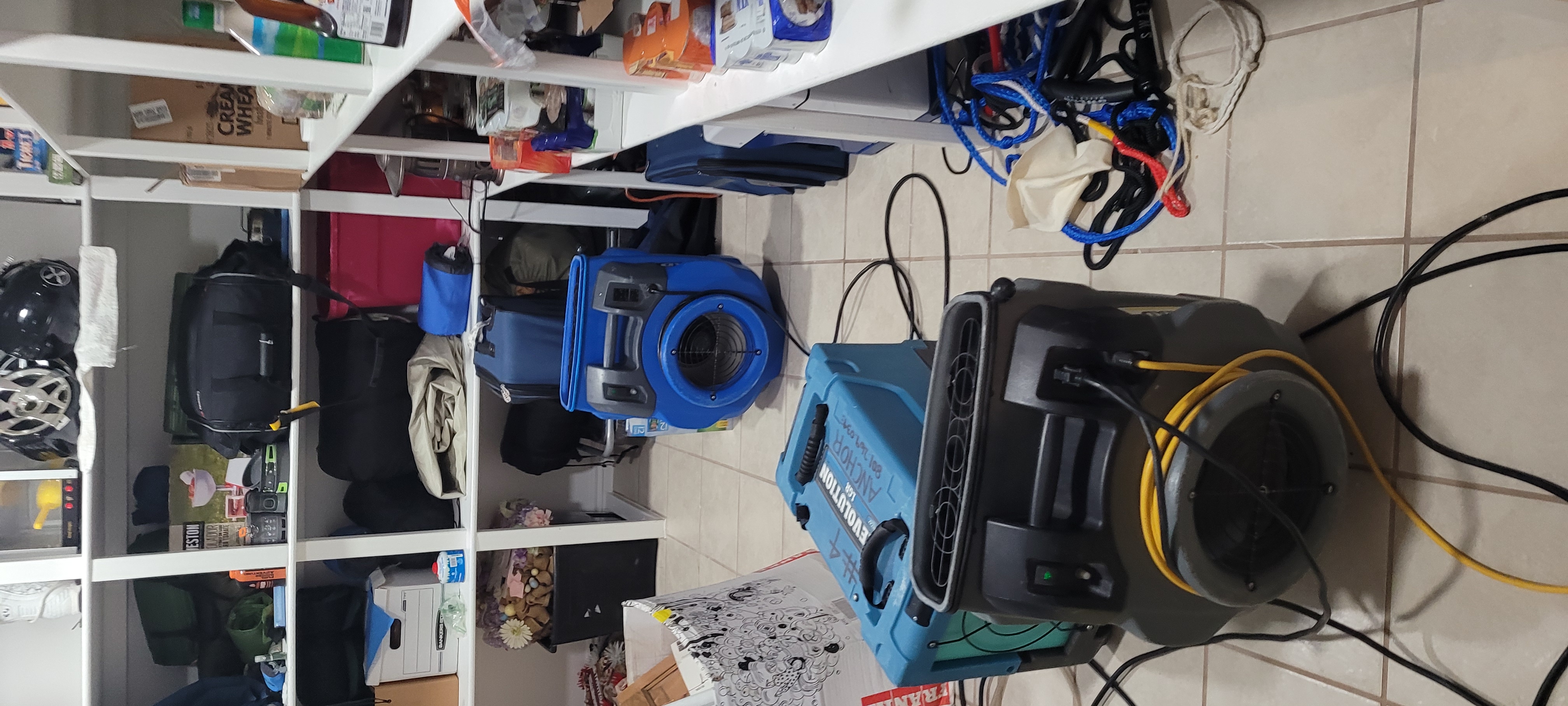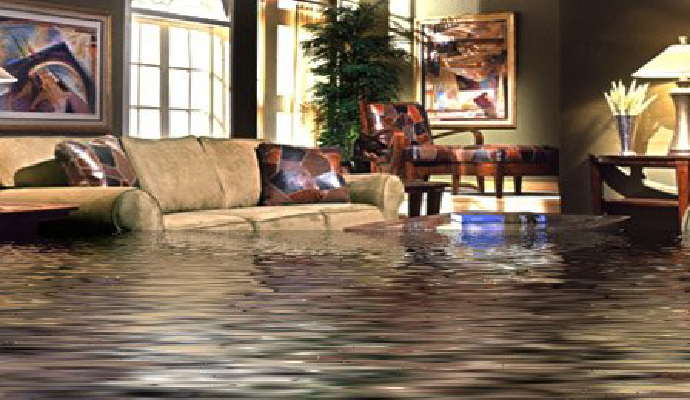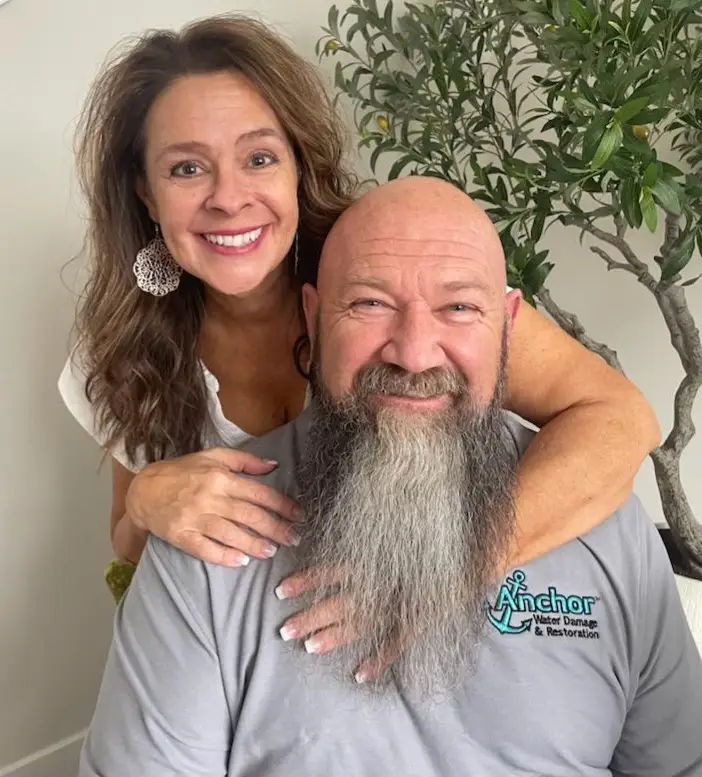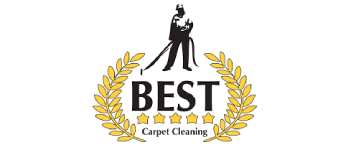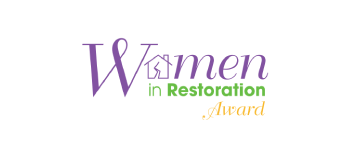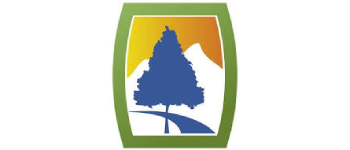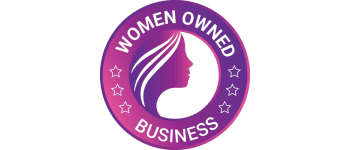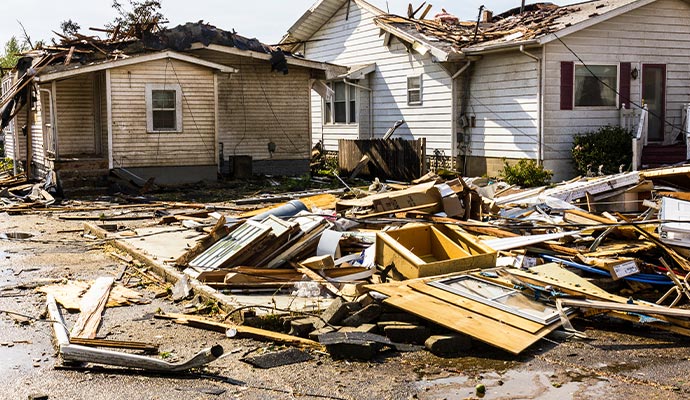
Storm & Flood Damage in Salt Lake City & Draper
Natural disasters like storms, hail, and floods can leave a lasting mark on your property. If you don’t address the issues quickly, the damage can worsen over time, leading to costly repairs and potential safety hazards.
That’s where Anchor Water Damage & Restoration comes in! With a quarter-century of industry experience, our experts know how to restore your home or property to its original condition, ensuring peace of mind and safety for you and your family. Our restoration crews have set the local industry standard since 2000. When you need our help, give us a call or click here to schedule storm & flood damage restoration services at your property in Riverton, Sandy, Herriman, and other cities we serve in Salt Lake County, Utah.
385-503-8676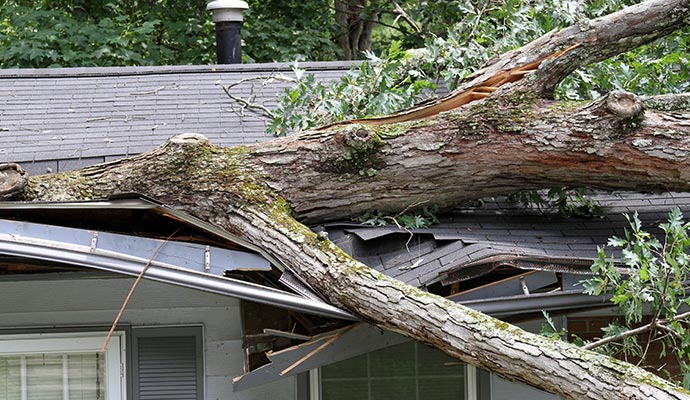
Signs of Storm Damage and Flood Damage in South Jordan
Sometimes it's hard to spot hidden damage to your property in Salt Lake City, South Jordan, or Draper. Signs that suggest you take immediate action include:
- Missing or Cracked Shingles
- Damaged Flashing
- Clogged/Damaged Gutters
- Loose Debris
- Dents in Siding
- Ceiling & Wall Stains
- Roof Damage
- Attic Damage
The Risk of Storm Damage & Flooding to Your Property in Utah
One of the major issues with flood & storm damage is that it might lead to water damage to your property. Especially if the storm or flood is severe then the water might get inside your property leading to water damage. Once the water penetrates the porous surface it can easily grow mold on it. Not only that, structural damage is another issue of concern about your property. All these things will degrade your indoor air quality and overall well-being.
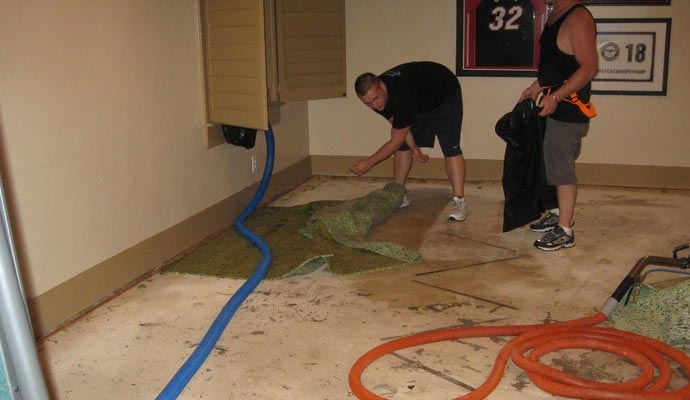
Why Rely on Experts for Storm and Flood Restoration in Park City?
It's important to rely on experts to protect your property. Once our crews reach your home or office, we prioritize restoration and cleanup needs that:
- Provide water extraction
- Eliminate mold growth
- Improve indoor air quality
- Ensure structural integrity
- Boost property value
- Protect your family
Emergency Storm & Flood Damage Restoration Solutions We Provide
Our experts are here for you to restore your property from any storm & flood damage restoration. You can also rely on us for:
- Wind Damage Restoration: Strong or heavy wind can do extensive damage to your property, including broken windows, roof damage, and fallen trees. Our experts are ready to help you with the solutions.
- Hail Damage Restoration: Hail storms can do significant damage to your property. Including your roof, siding, and windows. It damages the structure of your property along with curb appeal.
- Heavy Snow & Ice Damage Restoration: Heavy snow can weigh down on your roof. It can also lead to frozen & burst pipes leading to water damage. If these issues are not addressed quickly, you might need costly repairs in the future.
- Tornado Damage Restoration: Tornadoes are itself a catastrophe. The damage can be so severe that it might damage the majority of your property. You can rely on our experts for restoration.
Protect Your Content from Storm & Flood Damage in Salt Lake City
If your property is severely damaged then you can rely on us for content pack-out and restoration solutions. Whether it’s your furniture, upholstery, or other electronics that you need to restore then you can count on us. Our experts will effectively restore your property from any damage. We will also ensure a safe place for your content. Once the whole restoration process is done, our experts will return your content to your place.
Restore Your Damaged Business with Us in South Jordan & Magna

Your commercial property might face a great loss if there is any storm and flood damage. You can rely on our experts to protect your commercial property with a quick restoration solution. We will ensure minimal disruption with a quick effective solution. So that you can get back to your business as soon as possible. You can rely on us to secure your:
- Office Buildings
- Health Care Facilities
- Assisted Living
- Retail Stores
- Restaurants
- Multifamily & More
Our experts are here to help you with every solution you need. Whether it’s your business property or residential property, you can rely on our experts for effective restoration.
Let Us Restore Your Home After Storm or Flood Damage in Salt Lake City
When it comes to disaster, you can rely on us for solutions. Our experts at Anchor Water Damage & Restoration are IICRC-certified technicians who can help you with any storm & flood disaster restoration in Midvale, Park City, Riverton, Salt Lake City, Sandy, and their surrounding cities in Northern Utah. Those solutions include:
- Water Damage
- Mold Removal
- Carpet Cleaning
- Upholstery & Furniture Cleaning
- Disinfecting Service
- Appliance Leak Cleanups
When you need our help with any type of storm & flood restoration service, reach out to us at Anchor. Our emergency crews are standing by on a 24/7/365 basis to assist in Draper, South Jordan, or Herriman. To get started, give us a call or click here.
385-503-8676